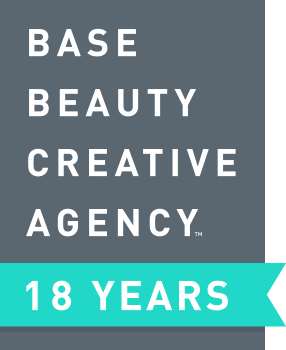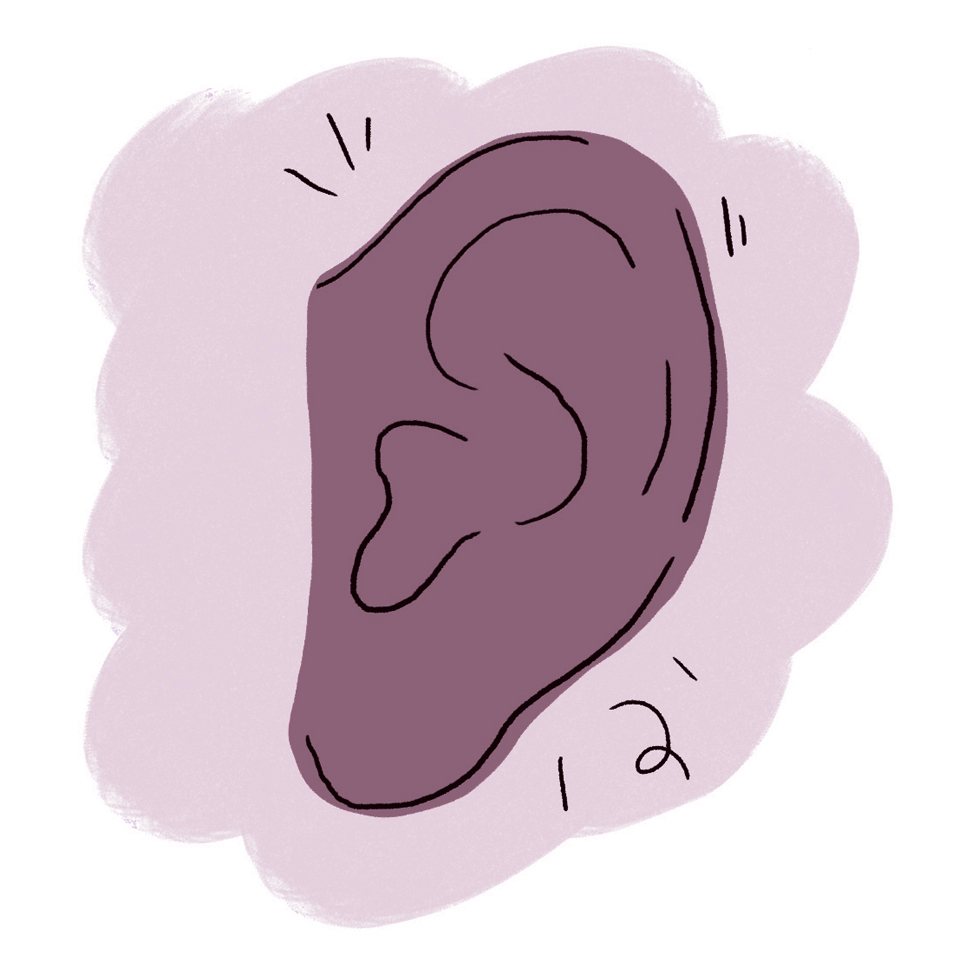When I started Base Beauty 17 years ago, the word empathy was not on my radar screen. It wasn’t a word heard in conference rooms or planning meetings. But identified or not, the meaning of empathy was part of my internal strategic thinking as I was evolving into the marketer and CEO I am today.
I launched my entrepreneurial journey for two reasons:
Reason #1: I had been through a few toxic jobs and bosses early in my career. These experiences, while pretty awful, taught me a great deal about how to and how not to run a business. Even back then, I knew I would be a different kind of leader. I had observed how shortsighted my previous employers had been in how they treated people and wasted talent. I vowed to do things differently. The seeds of empathy, right?
Reason #2: Even in my entrepreneurial youth, I knew that the key to selling anything, from beauty products to auto parts, was to connect with customers. To understand what customers needed by standing metaphorically in their shoes and grasping the solution they were seeking. No one in the marketing world at that time was talking about empathy. But that’s what it was. And that’s what it is.
A culture of empathy is not just a touchy-feely concept that sounds good on paper and makes people feel seen and heard, although it does both. Empathy is the path to business success. Marketing from a place of empathy drives growth, increasing shareholder value, category leadership, and market share. We prove it every day.
At Base Beauty, empathy is woven equally into our office culture, our relationships with our clients, and our work marketing our clients’ products.
Empathy within our office culture
In hiring, we always have feelers out for the empathy factor. We ask interview questions designed to measure a candidate’s empathy. Over the years, we have developed a pretty good “nose” for who has it and who doesn’t.
At the organizational level, this generally means that employees ask for and consider others’ needs in meetings and discussions, and witness people asking and listening to the answers to questions about what colleagues need, think, and feel. Meetings and discussions are open and robust as we all lean in, carefully listening to and striving to understand one another.
We have seen the value of building an empathetic team. Yes, it creates a feel-good environment where people can grow and learn and stay because they’re fulfilled. But it’s also a critical part of our work with and results for our clients.
Empathy for our clients
We continually reach out to our clients with empathy. We make sure they share with us their challenges, both from within their companies and from competitive brands, which helps us understand the context of their needs. We learn what pressures they are under from their supervisors, C-suites, and shareholders. It’s crucial for us to know what real success looks like for them beyond the numbers. As part of this process, we have partnered with AdAge to craft a custom survey being deployed to 200 C-suite leaders at beauty, wellness, and personal care companies. The survey questions dive into the experience these leaders have with their agency partners, providing us with valuable data to showcase specifically how our holistic, fully integrated, and industry-specialized approach makes our agency-client relationships—and the work that grows from those relationships—better.
Our approach with clients minimizes chaos, confusion, and wasted time so they can focus on other areas of their jobs. Our role is to make our clients’ jobs easier while helping them reach their overarching business goals. By understanding what each member of our client’s team needs, we continue to build trusted, enduring relationships. Many of our clients have been with us for years.
Empathy for the consumer
Of course, a major part of the empathy journey is empathy for the consumer. We put ourselves in the shoes of whoever we are speaking to and figure out what that person needs to make their purchasing decision. My team has heard this from me over and over, to the extent that I don’t need to mention it much anymore since it is so baked into how we think and strategize for our clients: If we ever need a new approach or angle, or get wrapped up in deciding the fine points of this creative treatment versus that one, I remind everyone to take a step back from the challenge of the moment and picture that individual standing in front of a jam-packed shelf at Sephora or scrolling through thousands of products on Amazon. It’s confusing. It’s time-consuming. It can be hard. So, our job is to make it easy. Our job is to make our client’s message jump out from the rest, to answer the consumer’s question, to solve the consumer’s problem, and to help the consumer choose this product over that one. We do this with data that powers our creativity, wrapped in empathy and tied with a bow.
I’ve been told by outside experts and observers of the marketing agency universe that Base Beauty’s empathy-centric strategies, combined with our data-driven creative approach, make us unique. It’s been pointed out to me that while lots of agencies use data to drive their work and lots of agencies are motivated by values, no agency combines empathy and data the way we do. We offer a seamless blending of the qualitative and the quantitative. It makes so much sense to me and is so intuitive and intrinsic to our work that I am surprised that others don’t work this way.
Our empathetic team members understand the consumer broadly and deeply. We create rich connections and calls to action. Empathy influences our team’s strategic and creative decision-making process. Empathy impacts what data we report on and how we analyze it to inform our next steps. Empathy for the customer is at the heart of all we do, and it’s why we have so much fun creating success for our clients. We step right into the consumers’ shoes and feel what they feel on their shopping journey.
The success of our data-driven creative marketing has been proven again and again. We have presented multiple case studies of work we have done for our beauty and wellness clients that illustrate with hard numbers—engagement rates, feed posts, total followers, total impressions, likes, comments, saves—that show what we can accomplish with our customer-first thinking. Three examples of needle-moving campaigns include our work for Milani Cosmetics (mass makeup), Face Reality Skincare (professional acne skincare), and EltaMD (sunscreen).
While Base Beauty uses many tools and partners in our work—such as Brandwatch, Tagger, Mintel, Klaviyo, and MuckRack—empathy remains the most essential tool in our creative marketing toolbox. Empathy truly is our not-so-secret sauce.

